Diverse Flavor Profiles
The Instant Coffee Market is witnessing a notable trend towards diverse flavor profiles, catering to the evolving preferences of consumers. As coffee enthusiasts seek unique and exciting taste experiences, brands are expanding their offerings beyond traditional flavors. The introduction of specialty instant coffee blends, infused with various flavors such as vanilla, hazelnut, and mocha, is becoming increasingly popular. Market data suggests that flavored instant coffee products are experiencing a growth rate of approximately 15% annually. This diversification not only attracts new consumers but also retains existing customers who are eager to explore new taste sensations. The emphasis on flavor innovation is likely to play a crucial role in shaping the future of the Instant Coffee Market.
Health and Wellness Trends
The Instant Coffee Market is increasingly influenced by the growing health and wellness trends among consumers. Many individuals are becoming more health-conscious, seeking beverages that offer functional benefits. Instant coffee, particularly varieties enriched with antioxidants and other health-promoting ingredients, is gaining traction. Recent studies indicate that coffee consumption is associated with various health benefits, including improved cognitive function and reduced risk of certain diseases. This shift towards healthier options is prompting brands to innovate and market instant coffee as a beneficial choice. The health and wellness movement is likely to propel the Instant Coffee Market forward, as consumers gravitate towards products that align with their lifestyle choices.
Convenience and Time Efficiency
The Instant Coffee Market is experiencing a surge in demand due to the increasing preference for convenience and time efficiency among consumers. Busy lifestyles and the need for quick solutions have led to a rise in instant coffee consumption. According to recent data, approximately 60% of coffee drinkers prefer instant coffee for its ease of preparation. This trend is particularly evident among younger demographics, who often seek products that fit seamlessly into their fast-paced routines. As a result, brands are innovating to offer a variety of flavors and formats, catering to the diverse tastes of consumers. The convenience factor is likely to continue driving growth in the Instant Coffee Market, as more individuals prioritize speed and simplicity in their beverage choices.
Sustainability and Ethical Sourcing
The Instant Coffee Market is increasingly aligning with sustainability and ethical sourcing practices, reflecting the growing consumer demand for environmentally friendly products. As awareness of climate change and social responsibility rises, consumers are more inclined to choose brands that prioritize sustainable practices. Many instant coffee producers are adopting eco-friendly packaging and sourcing beans from certified sustainable farms. Recent surveys indicate that over 70% of consumers are willing to pay a premium for products that are ethically sourced. This trend is not only beneficial for the environment but also enhances brand loyalty among consumers who value corporate responsibility. The focus on sustainability is likely to continue influencing purchasing decisions within the Instant Coffee Market.
Technological Advancements in Production
The Instant Coffee Market is benefiting from technological advancements in production processes, which enhance product quality and efficiency. Innovations such as freeze-drying and spray-drying techniques are improving the flavor retention and solubility of instant coffee. These advancements allow manufacturers to produce high-quality instant coffee that closely resembles freshly brewed coffee. Recent data indicates that the adoption of advanced production technologies has led to a 20% increase in production efficiency. As companies invest in modernizing their facilities and processes, the overall quality of instant coffee is expected to improve, attracting more consumers. The integration of technology in production is likely to be a key driver in the growth of the Instant Coffee Market.
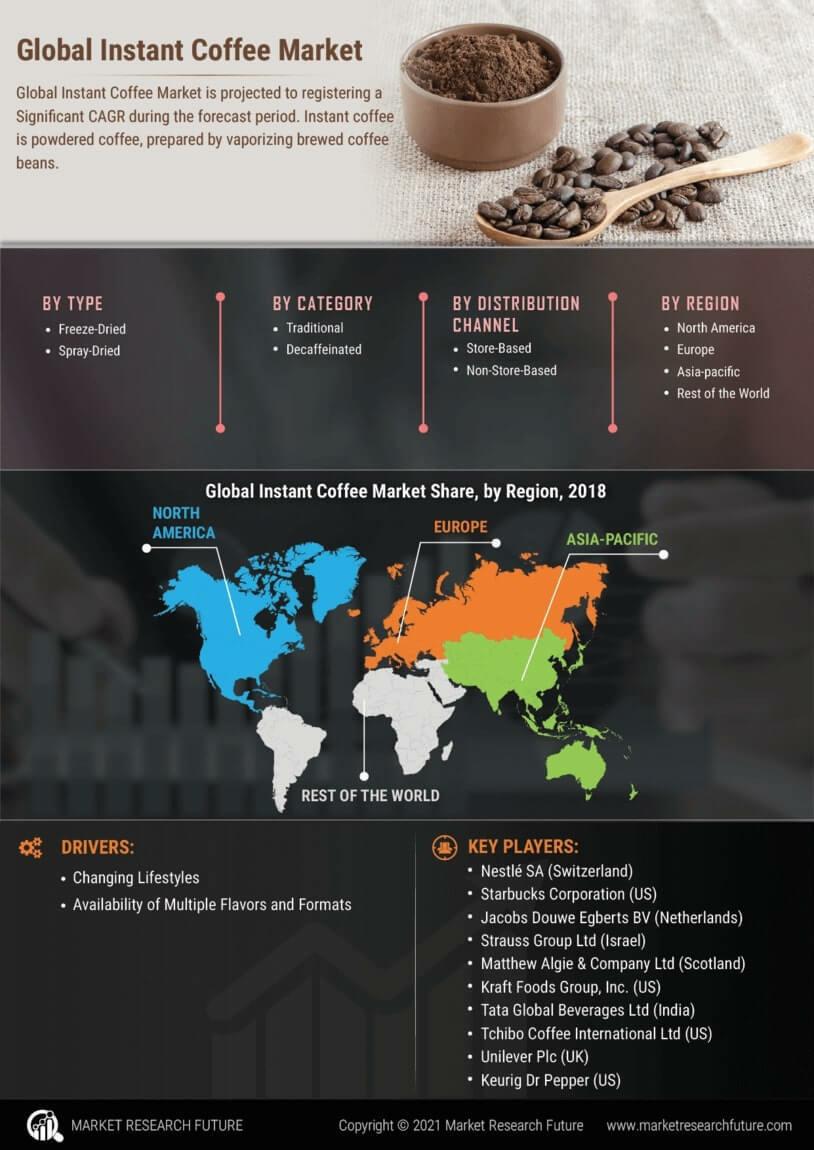

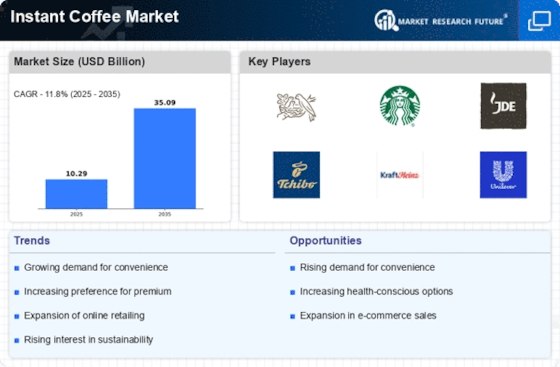
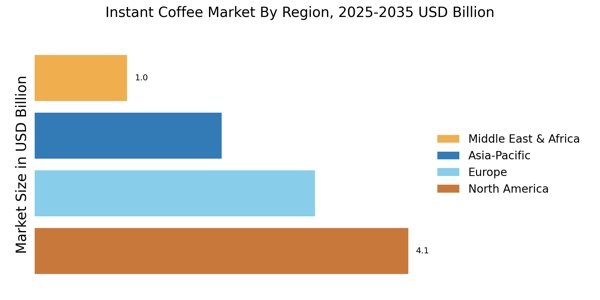
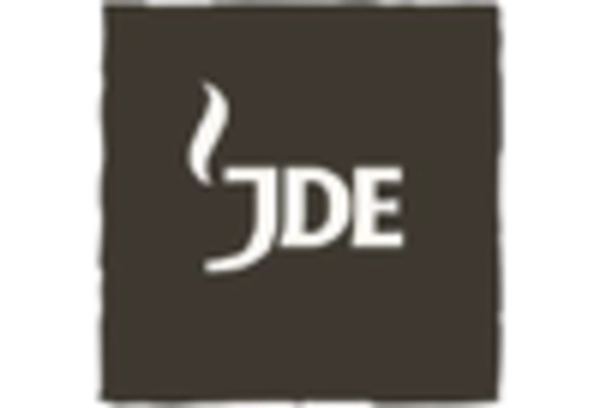
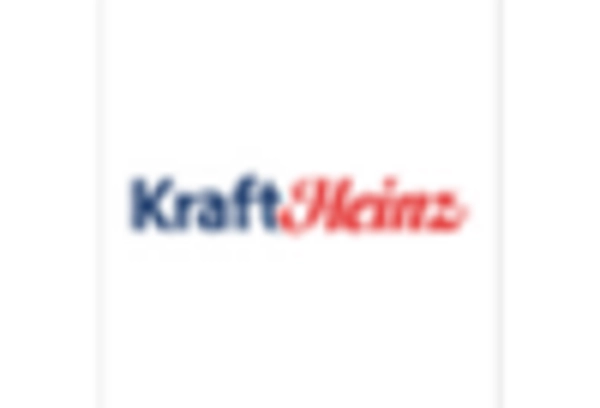

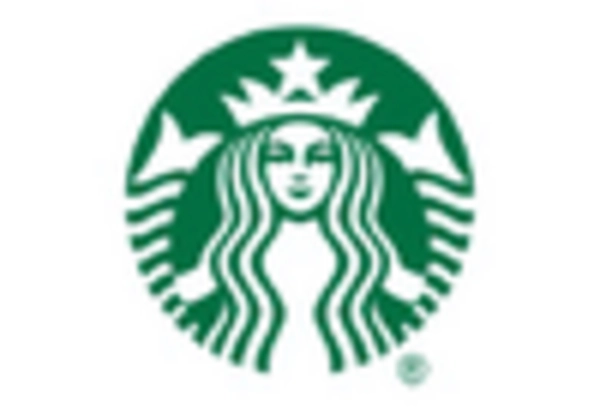
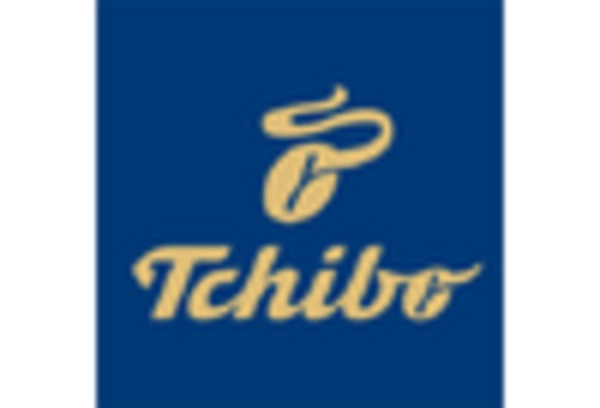
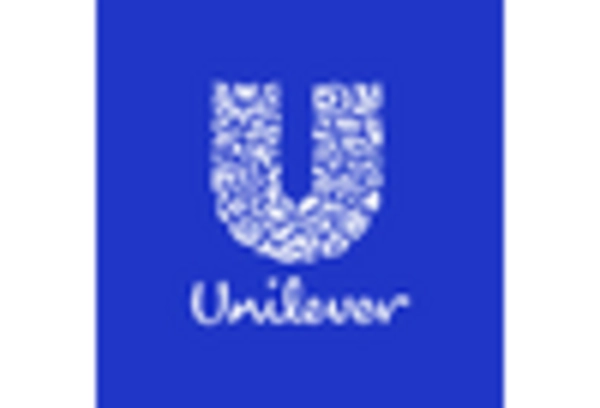








Leave a Comment